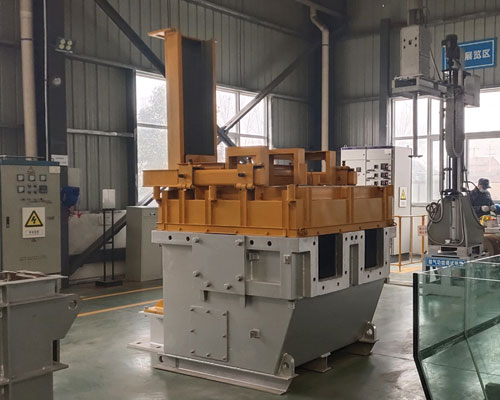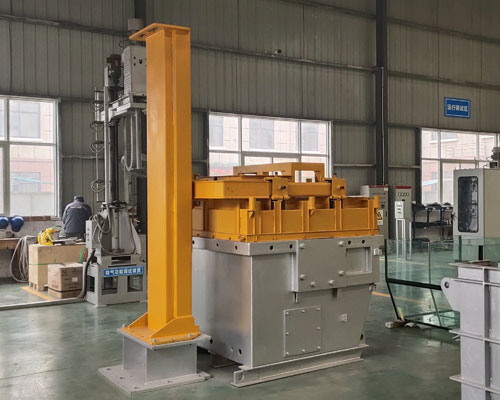Degassing treatment is one method of removing gaseous impurities from molten metal. The physical process involves injecting flux gas into the melt. Hydrogen enters the purge bubble by diffusing through the melt into the bubble, where the hydrogen adheres to the surface of the bubble and is absorbed into the bubble itself. The hydrogen is then brought out of the melt through bubbles.
Molten metal, especially molten aluminum in practice, usually contains entrained and dissolved gaseous and solid impurities that are harmful to the final cast product. These impurities may affect the final cast product after the molten metal has solidified, which may hinder processing or the final product has low ductility or poor finishing and anodizing properties.
Naturally, there is a great need to improve the degassing of molten metal to remove or minimize such impurities in the final cast product, especially in aluminum, especially when the resulting metal is used in decorative products. Decorative trim or products with key specifications, such as aircraft forgings and extrusions, and light-weight foil raw materials. The above-mentioned impurities lead to loss of properties of the final cast product, such as tensile strength and corrosion resistance.
Strict metal treatment processes (such as gas flux or melt filtration) have minimized the incidence of such defects. However, although such treatments have generally succeeded in reducing the occurrence of such defects to a satisfactory level, they have been found to be ineffective or uneconomical.
Conventional gas smelting processes, such as ordinary hearth smelting, involve introducing the smelting gas into a holding furnace containing a certain amount of molten metal. This procedure requires melting the metal to remain in the furnace for a considerable period of time during the passage of the flux gas so that the metal to be processed remains constant and can be processed.
This process has many disadvantages, among which, the reduced efficiency and increased cost from the extended idle time of the furnace during the fusion operation and more importantly, the lack of efficiency of the fluxing process due to poor coverage of the molten flux and the larger metal bubbles generated, And the dispersibility of bubbles in the melt is poor. Further factors include limiting the location of the furnace to allow impurities to re-enter the melt before casting, and high emissions due to the large amount of flux gas required, and the location of its circulation.

There is an efficient degassing device that can solve the above shortcomings. The device includes a chamber with separate metal inlets and outlets, side walls and bottom plates. The chamber is divided into two parts by a baffle. The molten metal flows from the inlet of the chamber under the baffle to the first part of the chamber, to the second part of the chamber, and out of the corresponding outlet. A water spray plate is provided at the bottom of the combustion chamber to introduce the flux gas into the molten liquid. The metal passes through the first part of the chamber before passing under the baffle into the second part of the chamber.
In the implementation process, the distribution plate is designed to maximize the surface area and dispersion of the degassed bubbles to adsorb gaseous impurities. The distribution plate has a plurality of holes for introducing flux gas into the molten metal. The size of the holes and the average distance between the holes should be controlled to minimize the diffusion distance of gaseous impurities and at the same time be large enough to prevent bubbles from coalescing.
The degassing of the molten metal is carried out by passing the molten metal through the chamber, in which the metal is in countercurrent contact with the flux gas, while in the first part of the chamber, the flux gas has a distributor located in the first part of the chamber The metal ejected from the plate seeps out and contacts the molten metal in the first part of the chamber.

